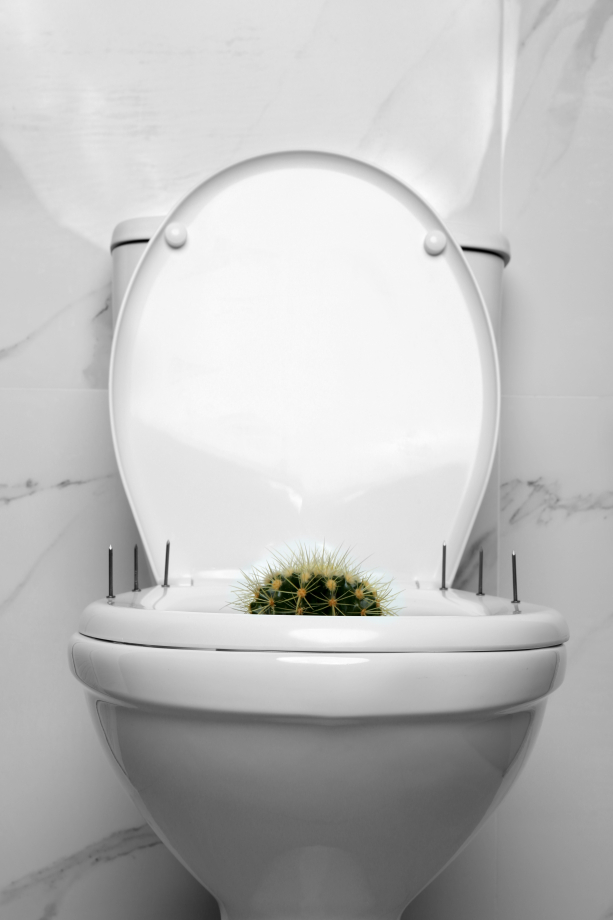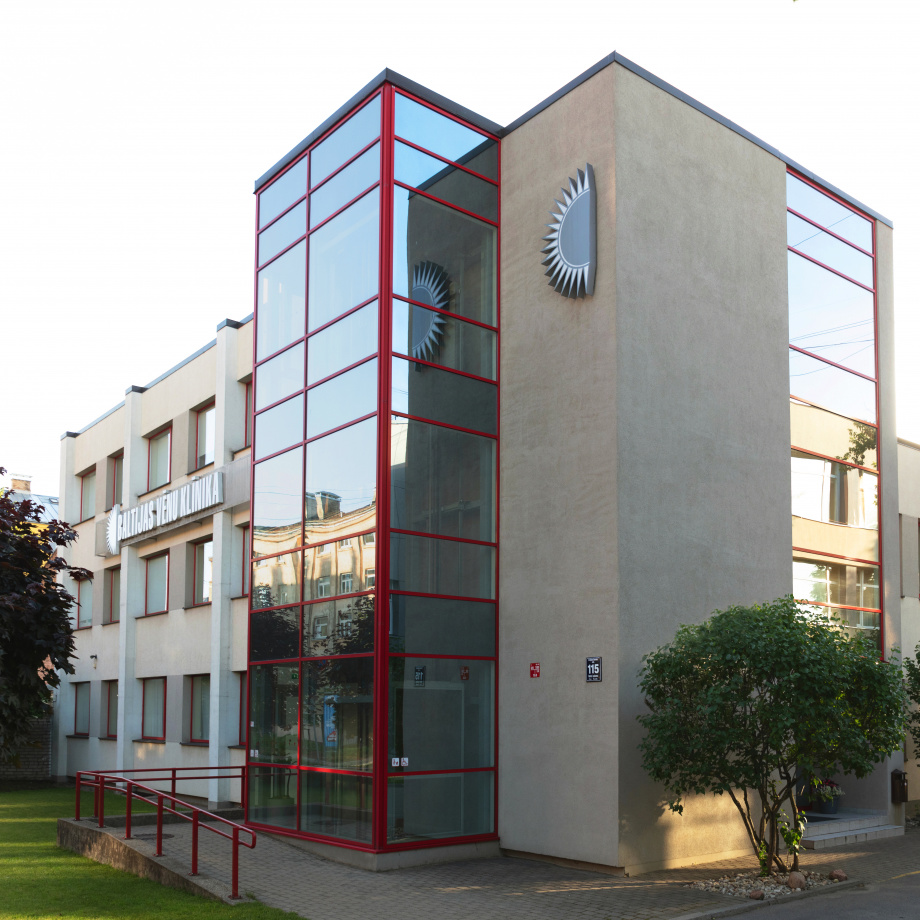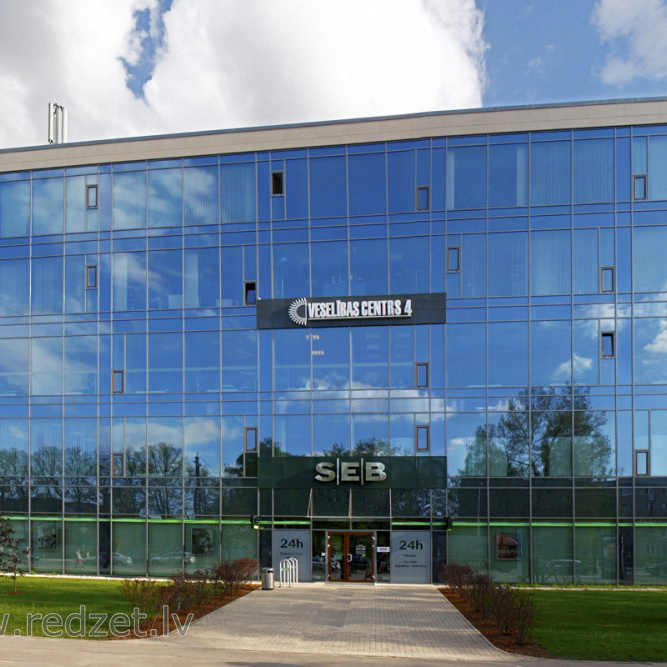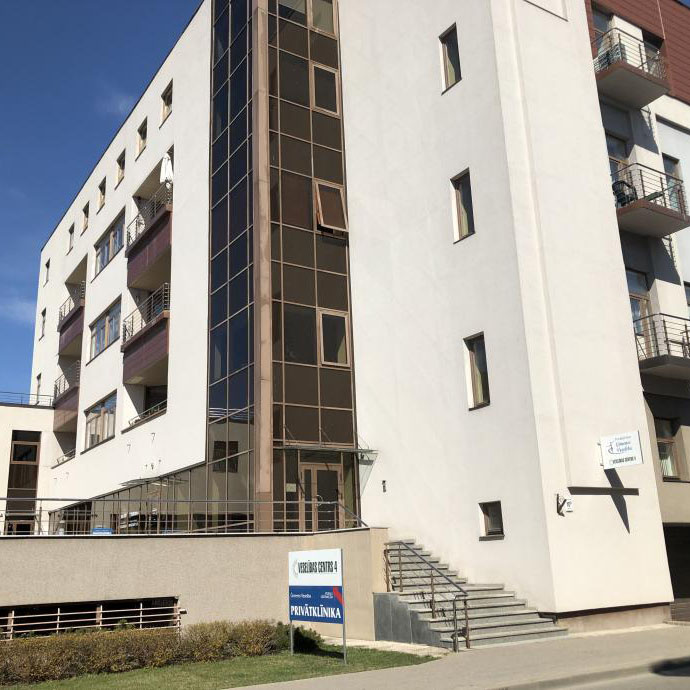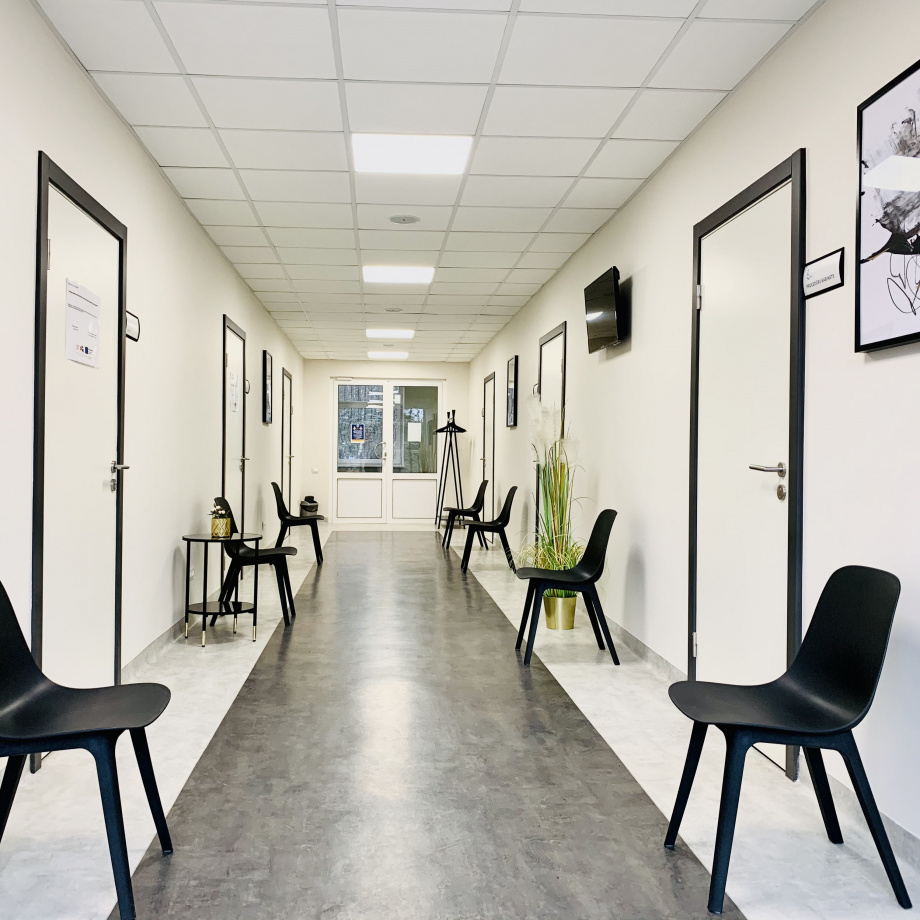
Treatment of haemorrhoids
Doctors constantly remind of the risk of rectal cancer, and its early diagnosis and treatment is a matter of life and death! A colonoscopy is recommended once a year for everyone over the age of 50.
What are haemorrhoids?
Haemorrhoids are nodular enlargements of blood vessels in the lower rectum. Anal pads are located in the sphincter area – in the muscles and tissues. If they are subjected to too much pressure, the tissue pads get enlarged which results in nodular enlargements. If they are located outside the anus, they are called rectal prolapse. There are four stages of haemorrhoids, depending on their size and severity.
Grade 1: haemorrhoids are slightly enlarged;
Grade 2: haemorrhoids protrude through the anus. When the effort stops, they resume their initial position;
Grade 3: much larger haemorrhoids that require manual assistance to resume their initial position;
Grade 4: very large haemorrhoids which are constantly located outside the anus
HAEMORRHOIDS CAN BE CAUSED BY THE FOLLOWING FACTORS:
- tension in bowel movements or irregular bowel movement;
- pregnancy;
- genetics;
- metabolic syndrome (increased body mass index and blood pressure, hyperglycaemia, diabetes mellitus);
- unhealthy lifestyle (lack of physical activity, unhealthy eating habits, alcohol, etc.).
CONSULTATION OF A PROCTOLOGIST IS NECESSARY:
- in case of signs of haemorrhoids – itching, bleeding, mucus, discomfort, and pain during bowel movement;
- in case of atypical bowel movement or changes in its frequency (constipation, diarrhoea);
- masses in the perineal region;
- a preventive examination by a proctologist is recommended after the age of 45 years, especially for people with family history of colon cancer.
TREATMENT METHODS FOR HAEMORRHOIDS
The path to health begins with a consultation of a proctologist, during which they discuss the issue, the patient is examined painlessly, and treatment and examination plan is drawn up. The Baltic Vein Clinic provides all cutting-edge and effective treatment methods allowing the specialists of the clinic to choose the most suitable solution for the haemorrhoid issue for each patient.
Conservative therapy (possible in case of grade 1 and 2 haemorrhoids):
- drink plenty of fluids every day;
- increase the amount of fibre intake;
- sufficient physical activity;
- take oral venotropics and medicines reducing pain, swelling and discomfort.
MINIMALLY INVASIVE TREATMENT METHODS:
HET bipolar device: using bipolar energy, damaged vessels in the rectum are coagulated – the blood supply to the internal haemorrhoids is stopped and they are reduced. The method is suitable for the treatment of grade 1 haemorrhoids and is used for both internal and external haemorrhoids. The duration of a manipulation is 20 minutes. Surgery is performed under intravenous anaesthesia
Rubber band ligation: a special device is used to place a rubber band on the base of the haemorrhoids, cutting off the blood flow, so the haemorrhoid dies and falls off. The method is suitable for treatment of grade 1, 2 and 3 haemorrhoids and is used for internal haemorrhoids. The duration of a manipulation is 15 minutes. General anaesthesia is not required.
Sclerotherapy: the blood supply to the enlarged haemorrhoids stops after an injection of a special medication. A connective tissue node is formed, which reduces and decreases in volume. The method is suitable for the treatment of grade 2 haemorrhoids and is used for both internal and external haemorrhoids. The duration of a manipulation is 20 minutes. General anaesthesia is not required.
Cyanoacrylate glue: one of the most advanced and sparing methods. During the procedure, a chemical is injected into the enlarged haemorrhoids, which cuts off the blood flow and shrinks the capsule of the haemorrhoids. Since there is no blood flow to the haemorrhoids, they disappear. The method is suitable for the treatment of grade 2, 3 and 4 haemorrhoids and is used for both internal and external haemorrhoids. The duration of a manipulation is 15 minutes. General anaesthesia is not required.
SURGICAL TREATMENT METHODS FOR HAEMORRHOIDS:
Endorectal Doppler guided THD and HAL, RAR methods: the blood vessels feeding the haemorrhoids are stitched and ligated. If necessary, mucopexy (tightening of the mucosa) of the enlarged haemorrhoids is performed. The blood flow is cut off and the haemorrhoids disappear. The method is suitable for the treatment of grade 2 and 3 haemorrhoids (internal haemorrhoids). The duration of surgery is 25 minutes. The surgery is performed under spinal anaesthesia.
EVRF RAFAELO®: a special radiofrequency catheter is inserted into a haemorrhoid via a small needle, and the haemorrhoid disappears under the influence of the electromagnetic field. The method is suitable for the treatment of grade 2 and 3 haemorrhoids (internal haemorrhoids). The duration of surgery is 15 minutes. The surgery is performed under local anaesthesia. The method is very accurate, as the device automatically adjusts the power and duration of the energy.
Laser: the laser beam influences the arteries supplying blood to the haemorrhoids and the enlarged haemorrhoids. The haemorrhoid is eliminated by the laser coagulation. The method is suitable for the treatment of grade 2, 3 and 4 haemorrhoids (internal haemorrhoids). The duration of surgery is 20 minutes. Surgery is performed under intravenous anaesthesia. For instance, the unique laser system Eufoton LASEmaR1500™ enables to carry out minimally invasive treatment of degree 2, 3 and 4 haemorrhoids with retracted or fixed prolapse.
LigaSure: an electrosurgical instrument is used during the bipolar coagulation method. Haemorrhoids are treated by high temperature and pressure, and the substance in the tissues – collagen – is melted, and the haemorrhoids are eliminated.
The method is suitable for the treatment of grade 1, 2 and 3 haemorrhoids (internal haemorrhoids). The duration of surgery is 20 minutes. Surgery is performed under intravenous anaesthesia. Minimally traumatic surgery with prompt rehabilitation
PPH (Longo) surgery: haemorrhoidal blood vessels are stitched using a mechanical circular stapler, simultaneously removing the prolapsing mucosa and repositioning in case of prolapse of the rectal mucosa. The method is suitable for the treatment of grade 2 and 3 haemorrhoids (internal haemorrhoids). The duration of surgery is 30 minutes. The surgery is performed under spinal anaesthesia.
Milligan–Morgan method: classic, traumatic haemorrhoid surgery – all the haemorrhoids are removed. A special electroscalpel is used to remove the haemorrhoids, then the blood supplying vessels are ligated. The method is suitable for the treatment of grade 3 and 4 haemorrhoids (internal and external haemorrhoids). The duration of surgery is 40 minutes. The surgery is performed under spinal anaesthesia.






